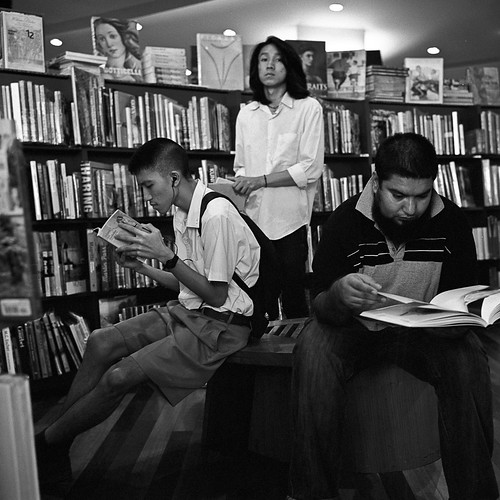As a Language Arts teacher, and a person loves to geek it up with the curriculum, I instantly think of the ridiculous wording of the LA curriculum. It is a thing of beauty. It seems that the curriculum associated with the other core subject areas is so logical and sequential. Then, the Language Arts curriculum arrives to the party, and it appears that someone threw up a random assortment of ideas, with no clear sequence.
In a strange case of Stockholm Syndrome, I have come to identify with my curriculum, and I love the freedom it allows. I am also fortunate that I work in a school that pushes collaborative teams, so each year we start off by going through, outcome by outcome, discussing the importance of each and rephrasing them into a language that makes sense to students and staff.
I have come to love that process, as well as breaking down the text presented to find meaning. So, when thinking about text and technology, I immediately think of the definition presented in the Alberta Program of Studies – which specifically stresses the importance of broadening the definition of “text”.
In the Language Arts classroom, text includes oral, print, visual, and multimedia forms. This relates to both the “reading” (finding understanding) and creation of various forms and media. Oral texts can include storytelling, discussion, and speech making. Print texts encompass what we read for pleasure and what we read for knowledge acquisition: books, short stories, magazines, newspapers, and more. In creating these texts, students practice expository, narrative, persuasive, and imaginative writing. Visual text involves images, collages, diagrams, and other forms of non-verbal communication that reach broad audiences. Lastly, multimedia texts include films, graphic novels, cartoons, web sites, and presentations. Any text that involves a combination of oral, visual, and/or print becomes multimedia.
Technology, in my mind, is the tools we use to create, edit, share, and “read” these texts. Often we think of technology as those tools that require a power supply, but as my understanding grows, I realize that technology includes tools like pencils and pens. These too are tools that help us create and share our ideas through text.



I taught the Alberta curriculum at my last international school in Macau. I enjoyed that Alberta had specific learning outcomes that students work towards. Your comment about technology not needing a power plug resonated with me because once upon a time, pencils and erasers probably revolutionized how we think of education pedagogy.